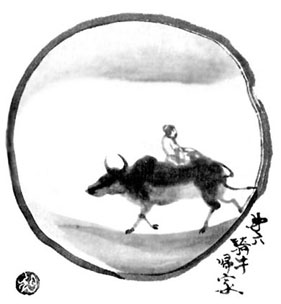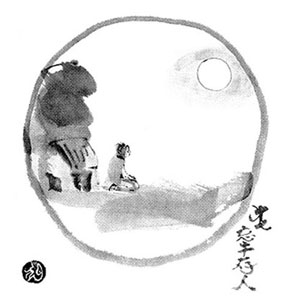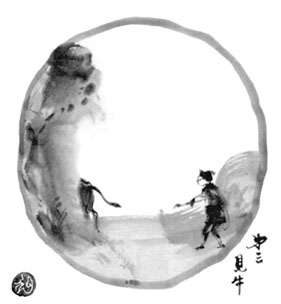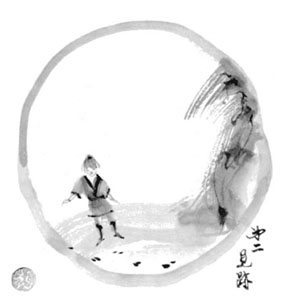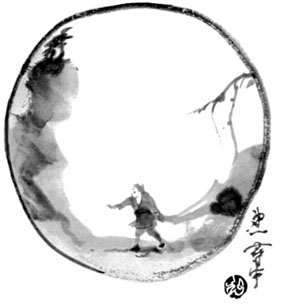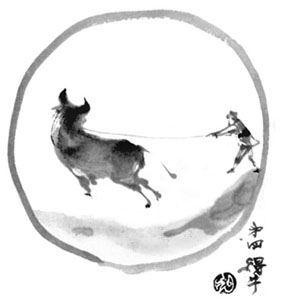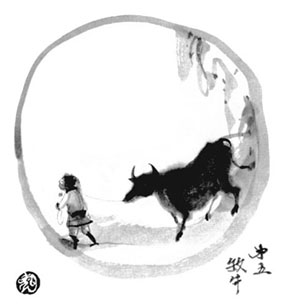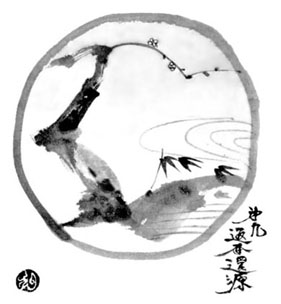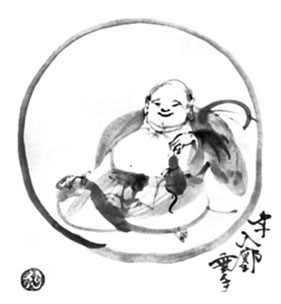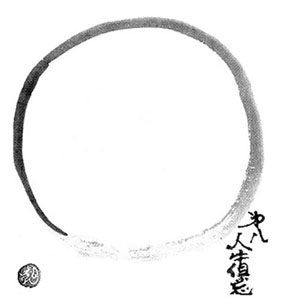The Venerable Tradition of Zen
Zen is the spiritual progeny of both Buddhism and Taoism. Zen contains the radical teachings of the relationship of form and void, and the importance of practical direct experience through mental discipline.
“To keep a guard again and yet again upon the state and actions of our minds and bodies –This alone and only this defines the sense of mental watchfulness.”
–Shantideva
Gnosis and Zen
The relationship between is etymological as well as a spiritual. Gnosis is a Greek word meaning direct or internal knowledge. The Sanskrit term for this knowledge is jnana while a Sanskrit term for meditation is dhyana. The Chinese term for meditation is Cha’an, in Japanese it is Zen. In the study of Gnosis we are fortunate to have the wisdom of Zen to guide us in our daily meditation practice to experience the interior, esoteric realities.
Meditation is an Art and a Science
Meditation is an expression of our true nature, the Essence. Meditation is primarily the harmonious blend of concentration and relaxation. Meditation practice is the same as any serious endeavor, such as that of a professional athlete or musician: there is intense concentration and focus but no energy is wasted with tension or needless effort.
“Sitting in zazen is an expression of our True Nature.”
-Zen master Shunruyu Suzuki
“When you can sit in hell as well as you can sit in heaven then you are beginning to truly understand Zen.”
-Zen proverb
The Ox-Herding Pictures of Zen
These ancient teaching tools describe the process of the small self, the monk in the illustrations, representing the limited aspects of ourselves based in the personality. Throughout the pictures the monk discovers, conquers, and transcends the mind, represented by the ox.
The first step is the search for the ox, which means to search for the inner mind, and discover the interior world, a psychology that can be observed.
The practice of Zen is concentric levels of interiorization: first observing our personality, behavior, habits. Then the egoic states, emotions and thoughts, then the consciousness, and the Innermost, the Inner Being. The search for the ox is also then search for the spiritual path itself, the beginning of our inward journey.
As the meditation practice deepens the ox becomes more useful and can carry us, that is, the mind becomes a useful tool for investigation and contemplation. Eventually the true nature is realized as being that which is beyond the mind, and the ox, the mind, is transcended.
Everything has a form nature and the void nature. Form is the personality, the ego, our mechanicity and attachment to the external. The void nature is the infinite and divine Being within. Like the monk in the pictures we are on a journey to discover our true nature and refine ourselves and conquer ourselves to be able to dwell in the freedom of an inner expansiveness.
“A spiritual heaven with sun, moon and stars, is formed in the blessed heart of one who has
reached a state of watchfulness, or who strives to attain it; for such a heart …is enabled to contain within itself the uncontainable God.”
-St. Philotheos of Sinai
Two Types of Enlightenment
There is the temporary enlightenment called Dead Water and the permanent enlightenment called the Great Life. Dead Water can entail many beautiful spiritual experiences in meditation, dreams, brief awakenings of the consciousness. The Great Life occurs by working in a balanced way and traversing the initiatic path.
“It is true that the mind is restless and difficult to control. But it can be conquered, through regular practice and detachment.”
-The Bhagavad Gita
“When the esoterist submerges himself into meditation, what he seeks is information.”
–Samael Aun Weor
When the mind is silent then the conditioned mind is passive and the Essence is active. The Essence can teach us about the esoteric truths of the universe. We can meditate on phenomenon such as an elemental of nature, a dream, or on our own psychology.

